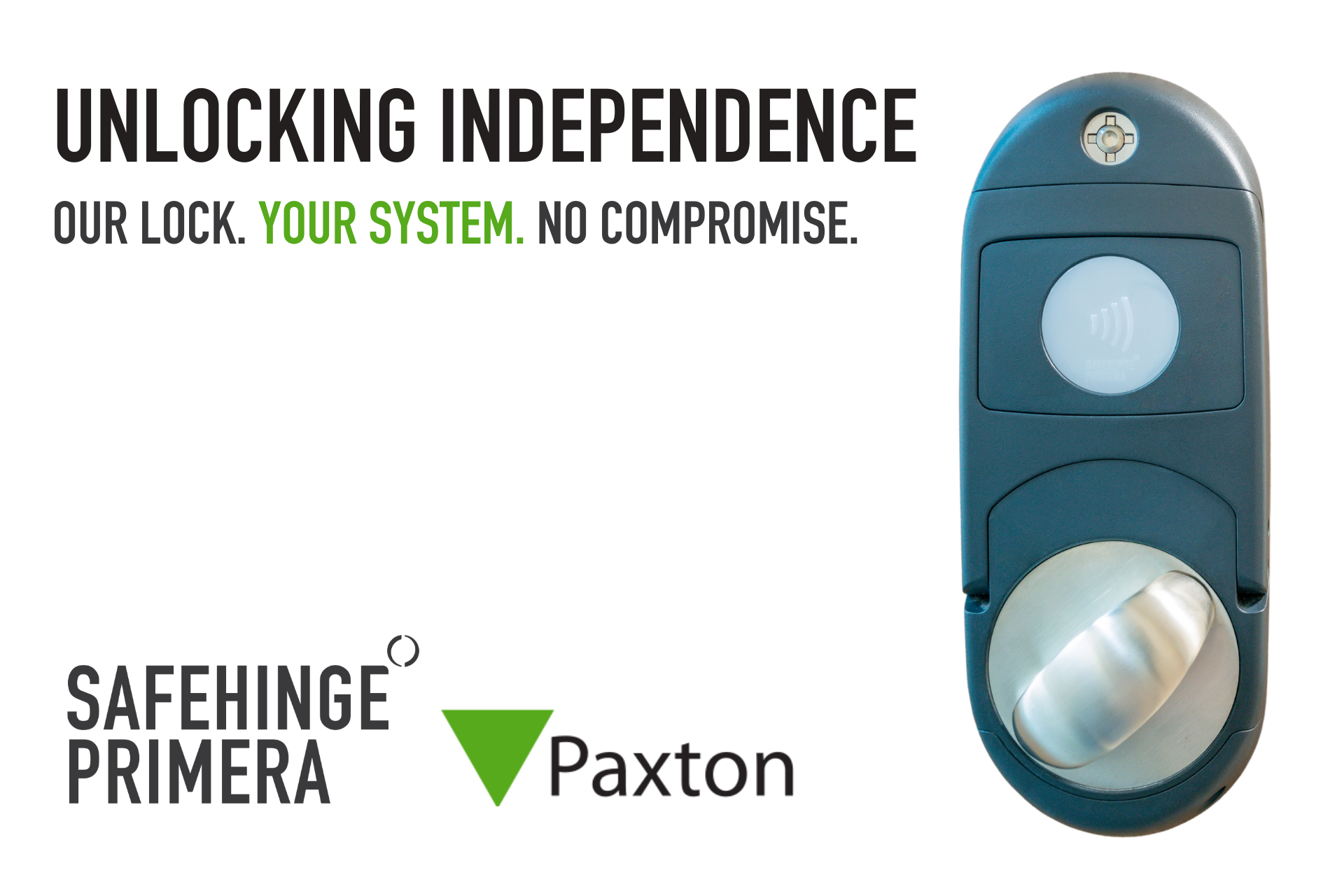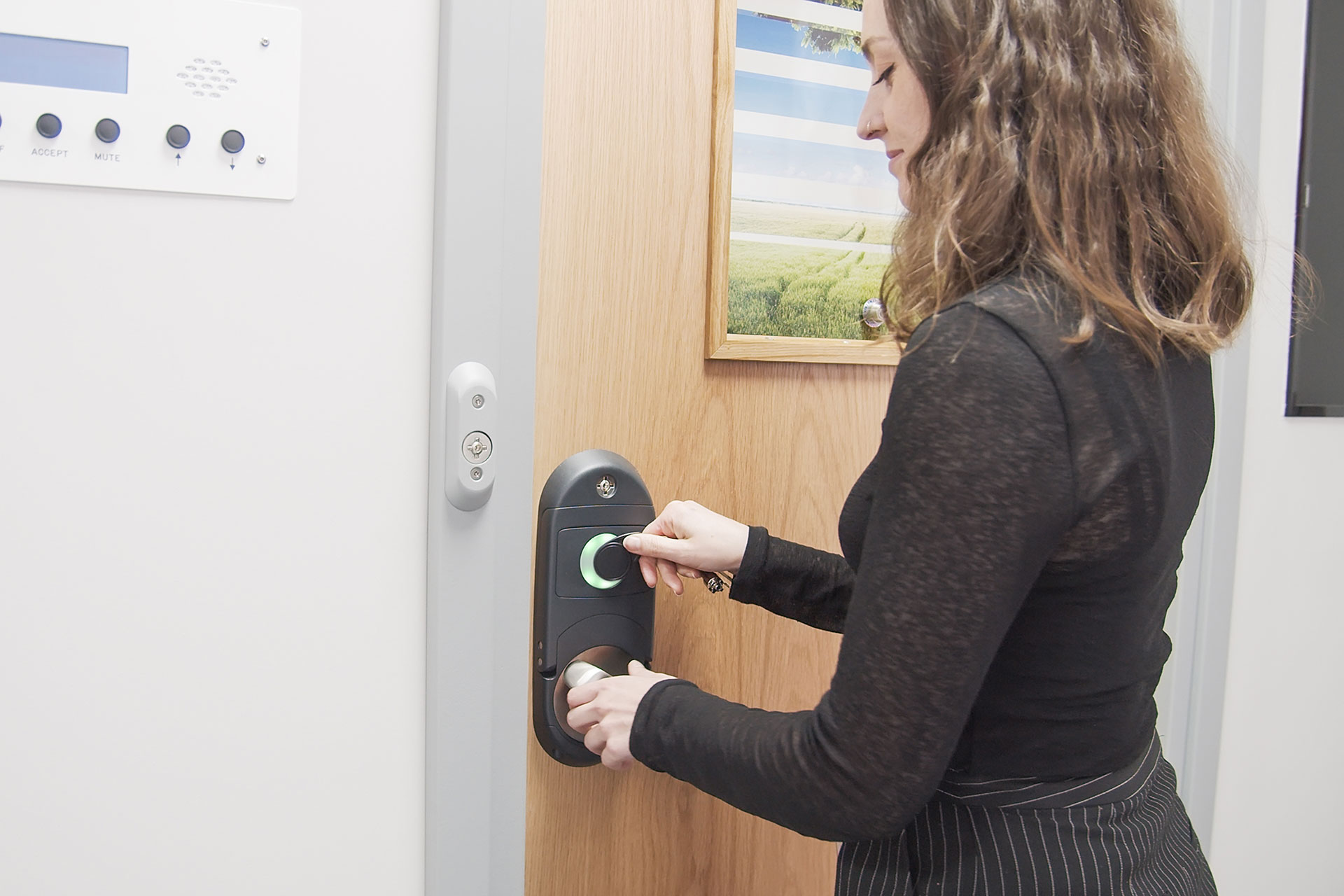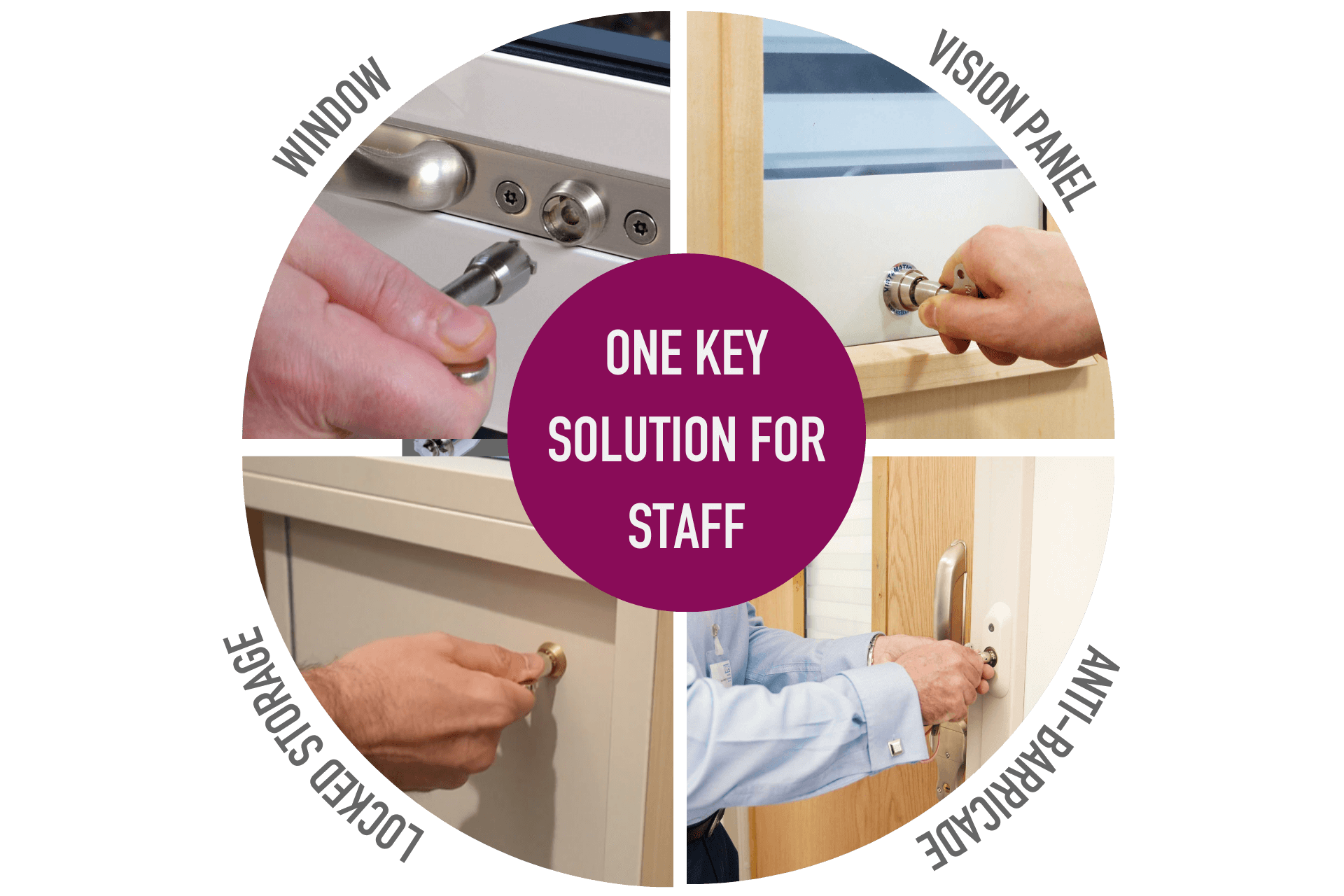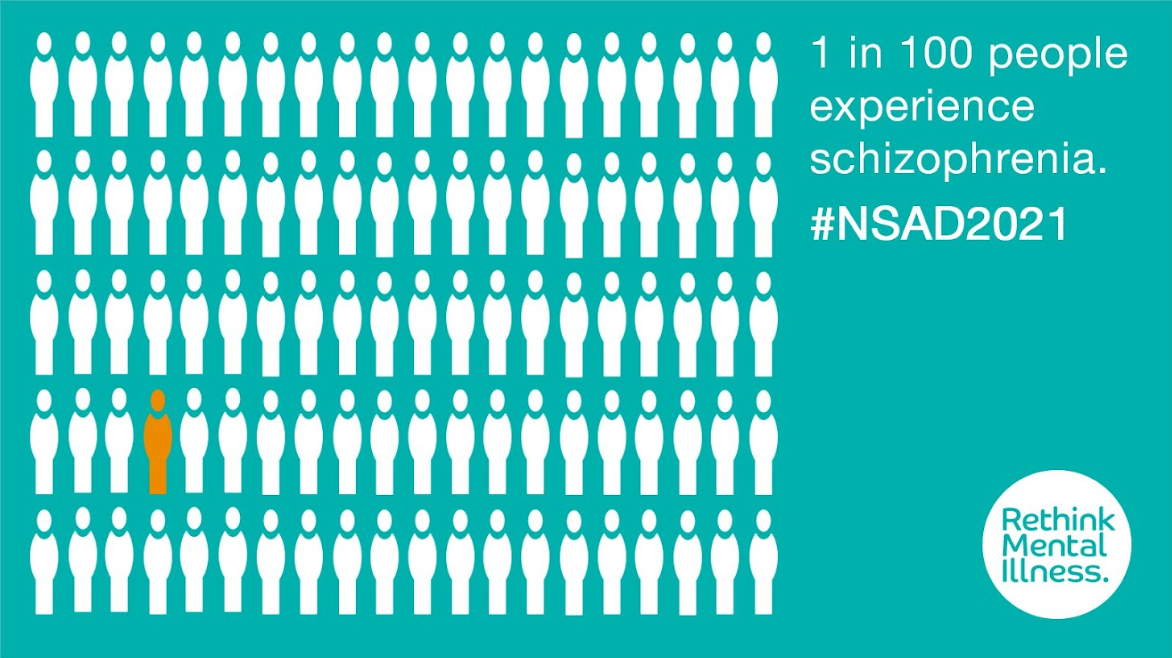The conventional reliability and cost-effectiveness of mechanical locks on bedroom doors in mental health inpatient facilities have long been acknowledged. However, considering the mounting challenges the NHS faces, including staffing shortages and limited availability, a thoughtful shift towards electronic locking systems is worth contemplating. This transition holds the potential to elevate the daily management and operations of these critical environments.
As highlighted in a comprehensive study on mechanical restraint (Convergence and divergence: An analysis of mechanical restraint, 2017), the imperative for more frequent patient monitoring, ideally every half hour or even every 15 minutes, is crucial for ensuring adequate care. Alas, nursing staff often grapple with heavy workloads, and addressing these shortages could pave the way for more attentive monitoring and, subsequently, enhanced patient care.
Electronic locks emerge as a beacon of innovation, offering advanced access control features that safeguard clinicians' time and contribute to more efficient ward management while fostering patient independence.
Empowering Patients: Mitigating the Power Imbalance
Insights from a recent patient survey (Design features that reduce the use of seclusion and restraint in mental health facilities: a rapid systematic review, 2021) underscore a critical aspect: the profound impact of the inability to independently lock and unlock bedroom doors on patient well-being. In emergency situations, where swift access to personal spaces is paramount, patients often feel vulnerable due to the reliance on staff assistance. One patient vividly expressed their experience:
“In times of crisis, staff ‘lock’ themselves safely inside the nurses’ station, while service users in most units cannot lock their bedroom doors without staff assistance. We are not given the same opportunity. This makes many service users frightened and exposed (Design features that reduce the use of seclusion and restraint in mental health facilities: a rapid systematic review, 2020).”
Such scenarios perpetuate an unbalanced power dynamic between clinicians and patients, inevitably affecting individual recovery times. Electronic locking systems step in to redress this imbalance, allowing patients to autonomously access their bedroom doors using credentials such as anti-ligature wristbands. In emergencies, staff can still swiftly override the system; this upholds a sense of privacy and dignity by enabling individuals to control access to their personal space independently and foster positive engagement whilst maintaining safety.
Optimised Facility Management through Real-Time Data Monitoring
Did you know electronic locking systems offer healthcare staff remote access to vital data, supporting operational efficiency and bolstering security in mental health facilities?
Real-time data monitoring empowers clinicians to monitor the status of patients' doors in real-time, ensuring immediate awareness of security or access issues. In addition to facilitating prompt responses and interventions, accessing door data remotely facilitates comprehensive data analysis and reporting. Clinicians can track trends, identify common themes, and gain valuable insights into access patterns. This wealth of information proves invaluable for optimising facility design, enhancing security protocols, and ultimately improving the overall standard of patient care.
Furthermore, remote access to door data ensures compliance with regulatory requirements and facilitates the creation of detailed audit trails. In a landscape where clinicians must adhere to stringent security and privacy standards, remote access to electronic locking system data becomes an indispensable tool for maintaining transparent and accountable records.
Streamlining Access Control Systems
The seamless integration of electronic locking systems with broader access control systems, such as Paxton, within mental health environments signifies a holistic approach to safety. This integration ensures that the locking system collaborates seamlessly with other safety measures, like communal electronic door systems, creating a unified, time-saving safety solution. Additionally, it allows administrators to assign different access levels to individuals based on their roles and responsibilities. This allows staff members to access the areas relevant to their job functions and provides patients access only to their individual bedrooms. Enhanced security measures contribute to the overall safety of patients by minimising the risk of unauthorised individuals entering sensitive areas and protecting patients from potential harm.
Acknowledging the longstanding convention of mechanical locksets as the cost-effective choice for mental health bedrooms, it's essential to recognise that progress often necessitates a reconsideration of the status quo. While change may be daunting, we encourage Trusts to envision a safer and more responsive future by transitioning to electronic locking systems.
In the pursuit of an environment championing safety, patient well-being, and operational efficiency, this transition is not merely a shift; it's a strategic investment in the future of mental health care. The initial cost-effectiveness of mechanical locksets should no longer be the sole determining factor. Instead, we should focus on using a safety solution that fits the goals of modern mental health facilities. It's time to unlock the full potential of safety by choosing the responsive, adaptable, and empowering path that electronic locking offers.
Unlocking Independence: Our Locks, Your System, No Compromise
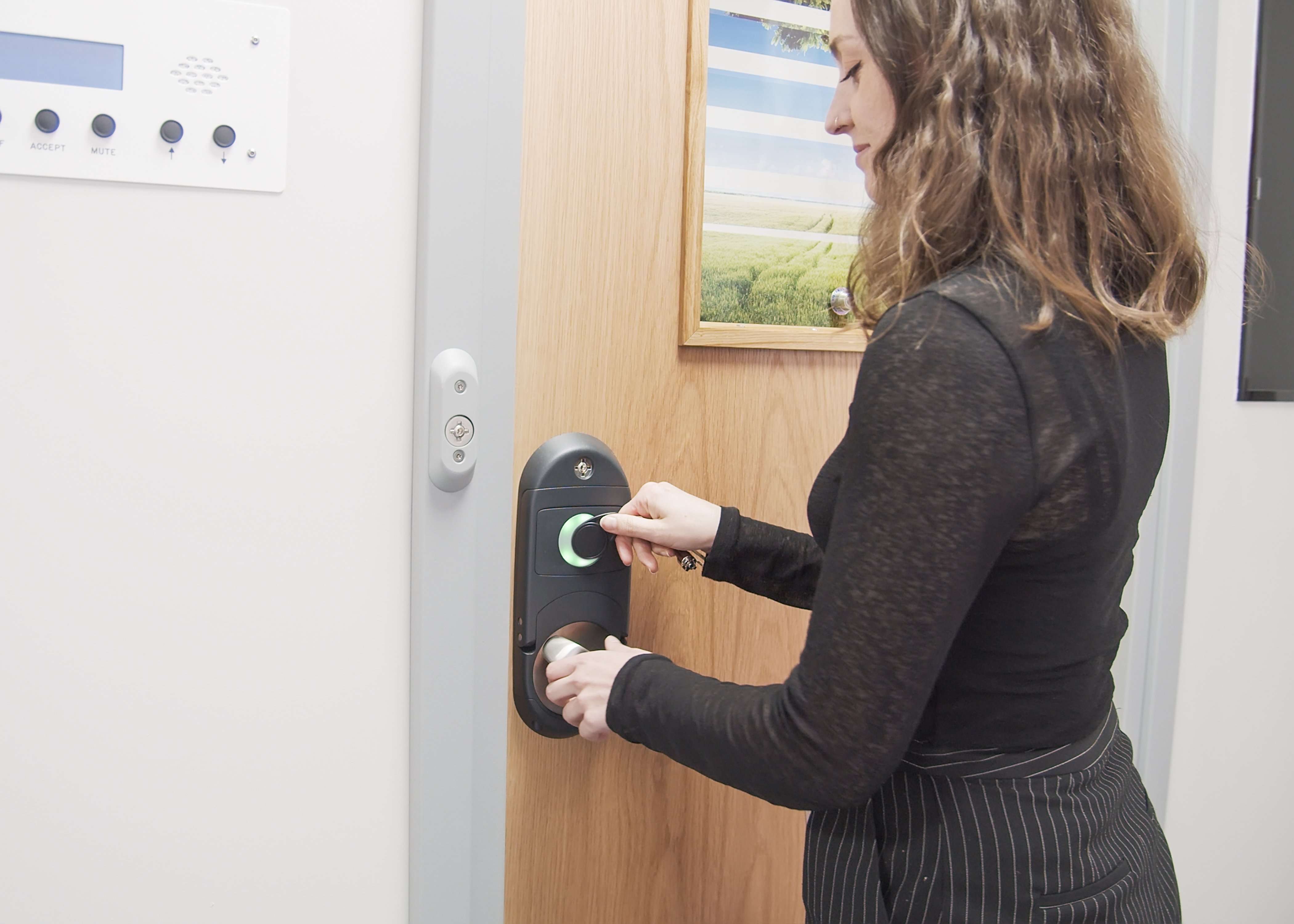
Do the possibilities of electronic locking systems and their potential to redefine mental health environments intrigue you? Then, we invite you to explore our Electronic Lockset.
The Electronic Lockset seamlessly integrates with reliable third-party access control systems, including Paxton, used by most NHS Trusts. It is designed for mental health bedrooms and offers the efficiency of electronic locking while ensuring safe access in just 2 seconds, even during power outages or determined barricades. That’s why we’ve developed this Electronic Lockset with the mechanical override integrated into the lockset to ensure it’s ready for quick, reliable access. This rapid response mechanism ensures the safety of both staff and service users, instilling confidence and trust in the system’s capabilities.
The lockset comes with a unique anti-ligature access wristband, which provides tangible benefits for clinicians and other healthcare staff. With patients now capable of managing their rooms independently, nurses are freed from the continuous task of locking and unlocking doors. Instead of managing door access, they can focus on what they do best – providing therapy and essential care.

